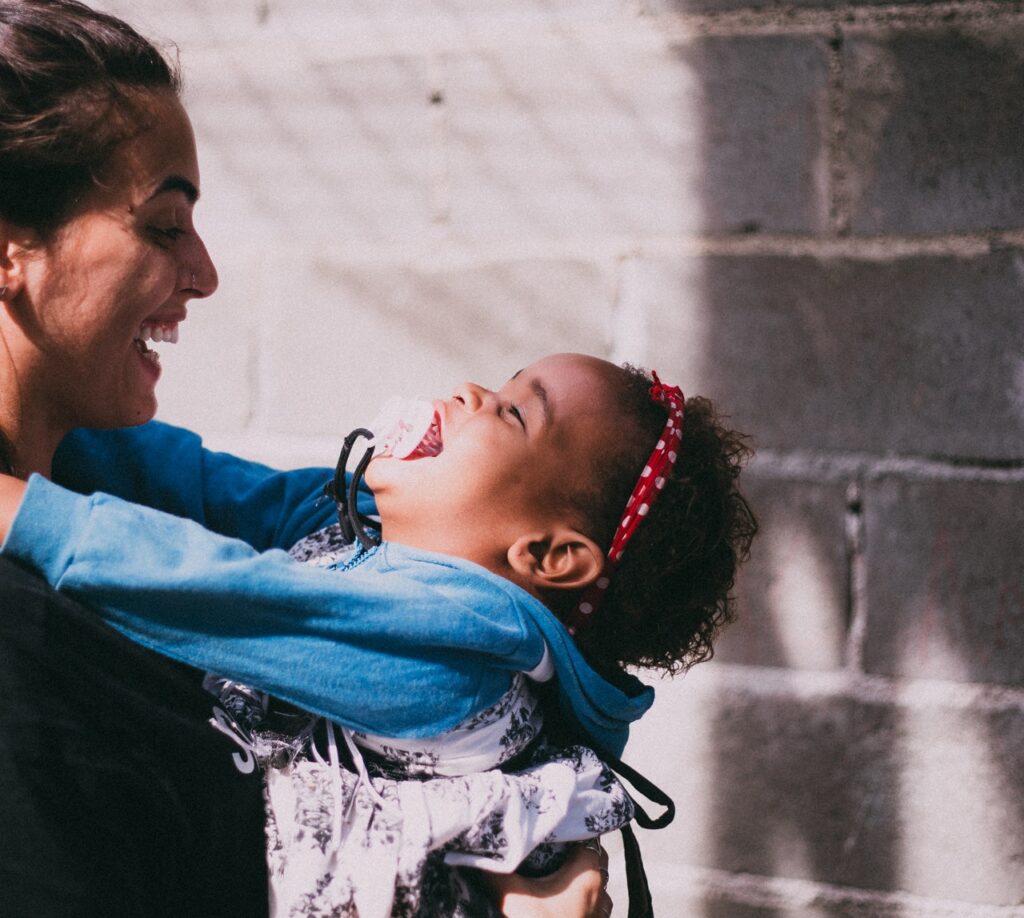The Women’s Foundation for the State of Arizona (WFSA) has partnered with the Federal Reserve Bank of Atlanta to pilot a tool that depicts the path to self-sufficiency for Arizonans who are currently accessing public benefits.
The Benefits Career Ladder Identifier and Financial Forecaster (CLIFF) Dashboard helps provide an overview and estimated timeline of which in-demand career paths can lead to economic self-sufficiency and where sudden losses of public assistance, referred to as the cliff effect, will be experienced.
Government support such as earned income tax credits and child care assistance can help close the gap between a low-paying job and the cost of basic living expenses, but these benefits often terminate abruptly when a family’s income exceeds eligibility limits. This can happen suddenly and even with a small pay raise. The cliff effect can prevent workers from advancing in their careers or from choosing better-paying jobs if the difference in pay is not enough to make up for lost public assistance.
The purpose of the Benefits CLIFF Dashboard is to help individuals and agencies:
- Make informed choices about in-demand career pathways
- Predict potential changes to public assistance based on increased earnings
- Develop and improve personal economic security for families
The Dashboard will be piloted by five Arizona nonprofits over a span of 10 weeks. In piloting this tool, WFSA will learn how to use and scale this tool in practice and policy.
One of WFSA’s pilot partners, Dress for Success Phoenix, provides economically vulnerable women with resources and support such as job preparation, professional development, and coaching. For this organization, the tool can be used as an educational opportunity to inform program participants about how their career paths will shape their economic futures.
“Often, women do not know how a new job will affect them until their benefits are gone, leaving them scrambling to find childcare and health insurance,” said Dress for Success CEO Tamala McBath. “Developing a tool from the marginalized user’s perspective is a bold and innovative step. These calculations have historically been used to keep the underserved out, not to remove the barriers that block their success.” McBath added that her hopes are for this pilot to make sustainable and proactive change.
“The Women’s Foundation is working to raise awareness of one of the primary impediments to increasing workforce participation and to create solutions for the benefits cliff. “We hope this dashboard can be used by workers, service providers, and policymakers to make informed decisions about the financial futures of the community,” said WFSA’s Director of Research and Advocacy Gauri Gladish.
Better knowledge of career pathways effectively serves both employers and workers and can spur employment and economic growth. Pilot partners were selected to represent a diverse group of individuals and communities across rural and urban areas throughout Arizona.
The five pilot partners serve people in Cochise, Maricopa, Pinal, Pima, and Santa Cruz counties and include:
- Dress for Success Phoenix
- Jobpath
- Our Family Services
- Sahuarita Food Bank, in partnership with Pima County’s Community and Workforce Development Department
- Unlimited Potential
The Benefits CLIFF Dashboard contains information provided by the Federal Reserve Bank of Atlanta specifically tailored for the Women’s Foundation for the State of Arizona. The Benefits CLIFF Dashboard for Arizona was customized to reflect the 36 Promising Careers for Self-Sufficiency report issued by WFSA in partnership with the University of Arizona. A public report of the research study will be shared publicly in the Fall.

